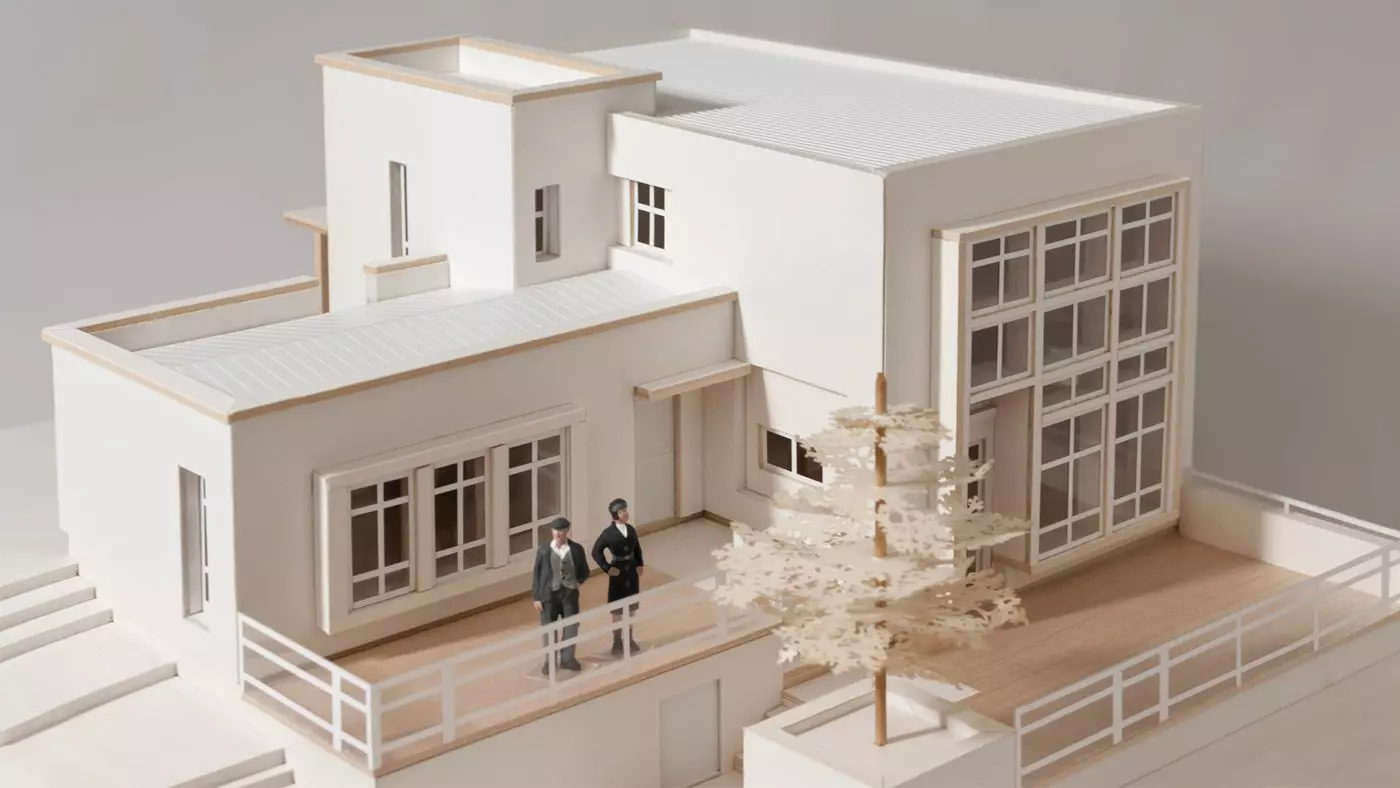The production of miniature models is quite different from other types of models. Typically, historical and cultural buildings are highlighted in these models. What sets these products apart from architectural, industrial, or urban planning models is the reproduction of an existing building, the use of small scales, and the use of different materials. Miniature models are generally used to represent a culture in exhibitions, museums, and parks. The success of these miniature models, presenting details from centuries ago, lies in the precise reproduction of the specific details of that era. Thanks to the miniature model artworks exhibited in museums and parks, people have the opportunity to examine multiple buildings in one environment and gain information. Before starting the production of miniature models, it is important to seek opinions not only from architects and engineers but also from historians, archaeologists, or sculptors. Before selecting materials, it should also be determined whether the miniature models will be used indoors or outdoors. Miniature models created outdoors generally have scales of 1/10, 1/15, 1/20, or 1/25. The materials selected should be durable and able to withstand all weather conditions.





